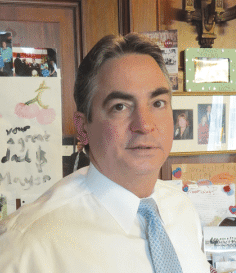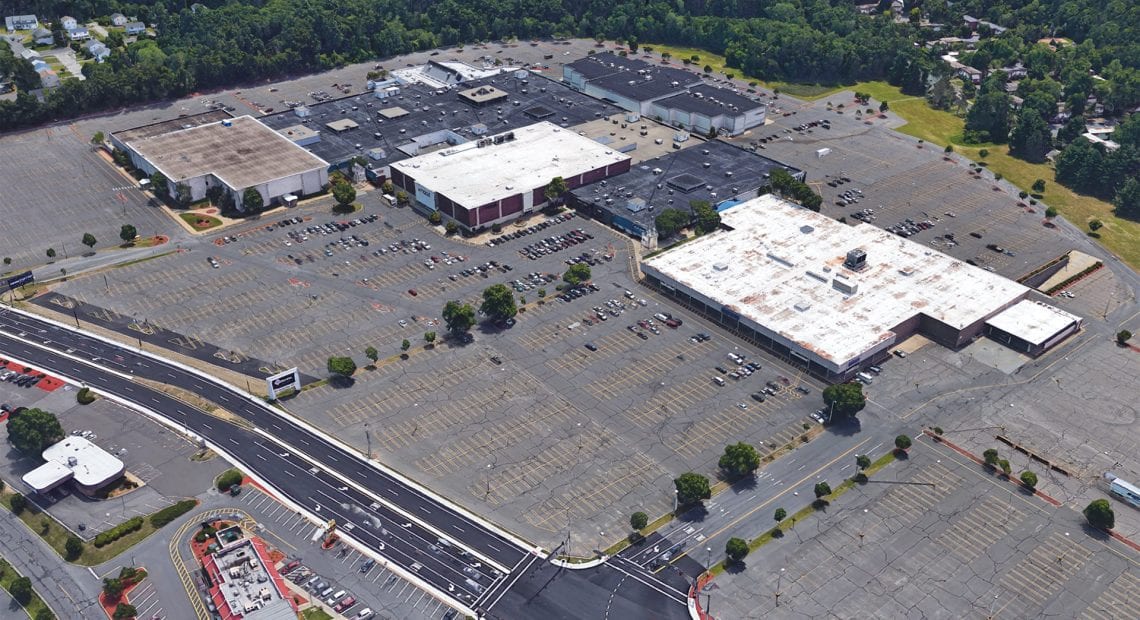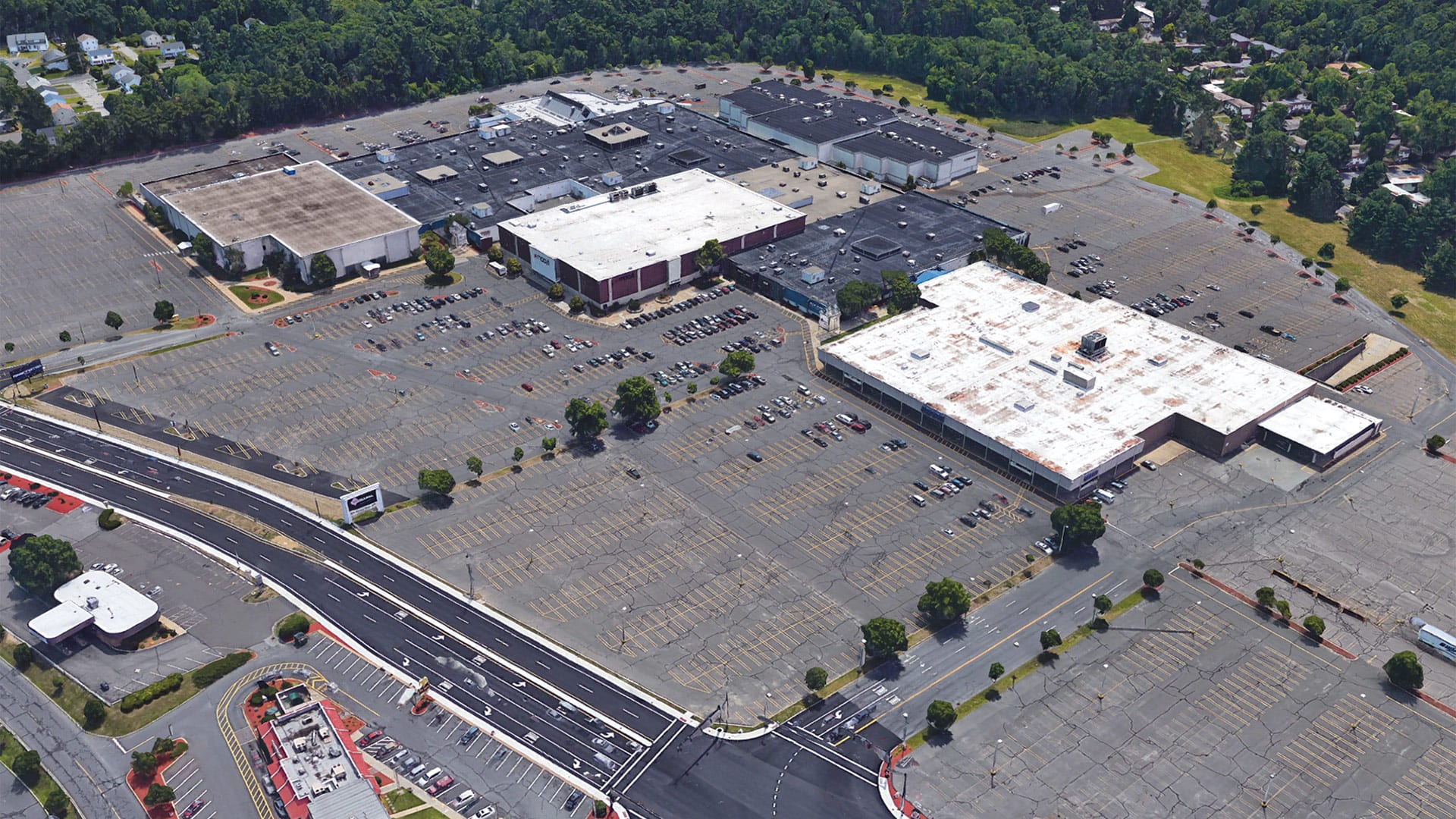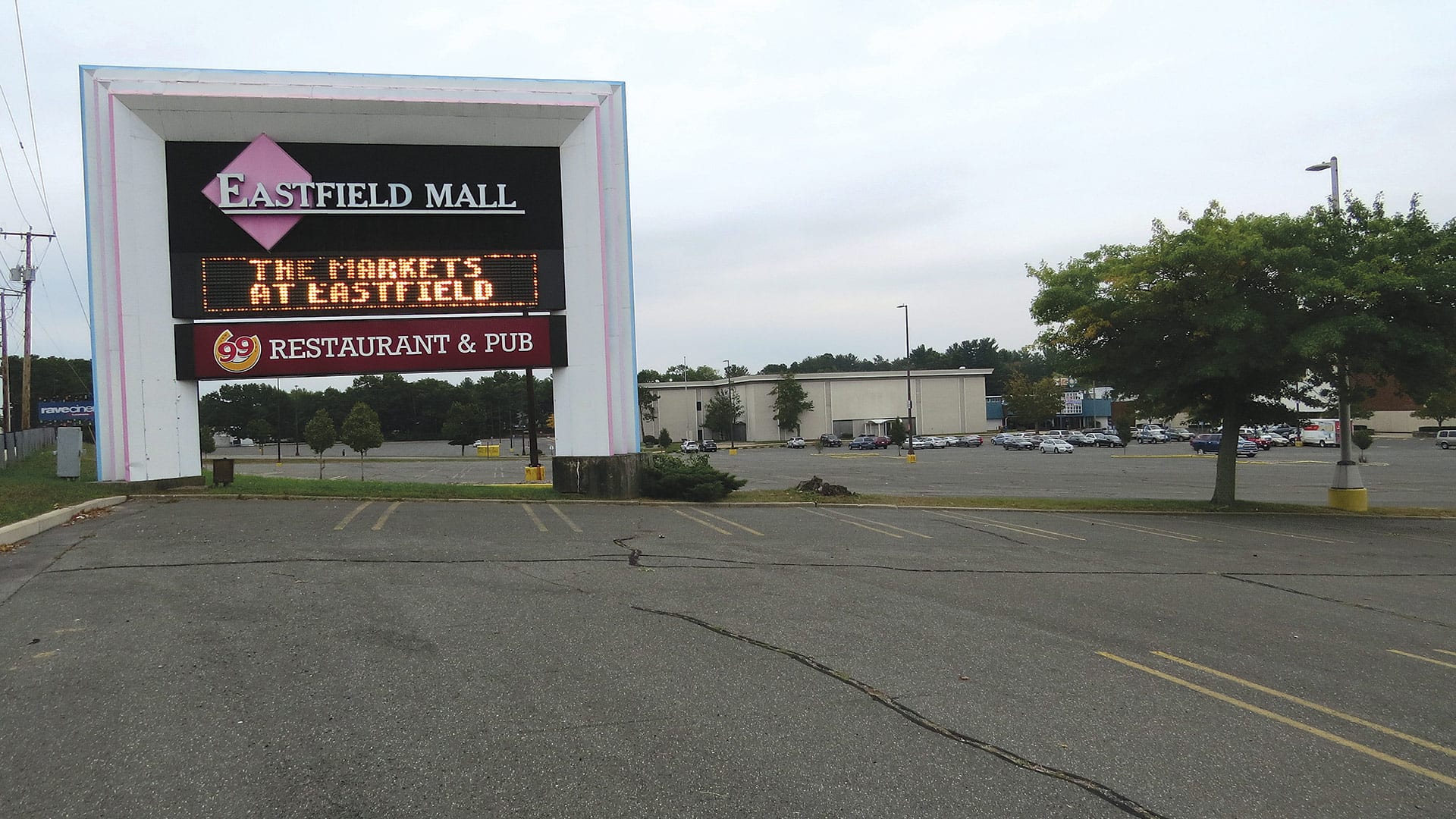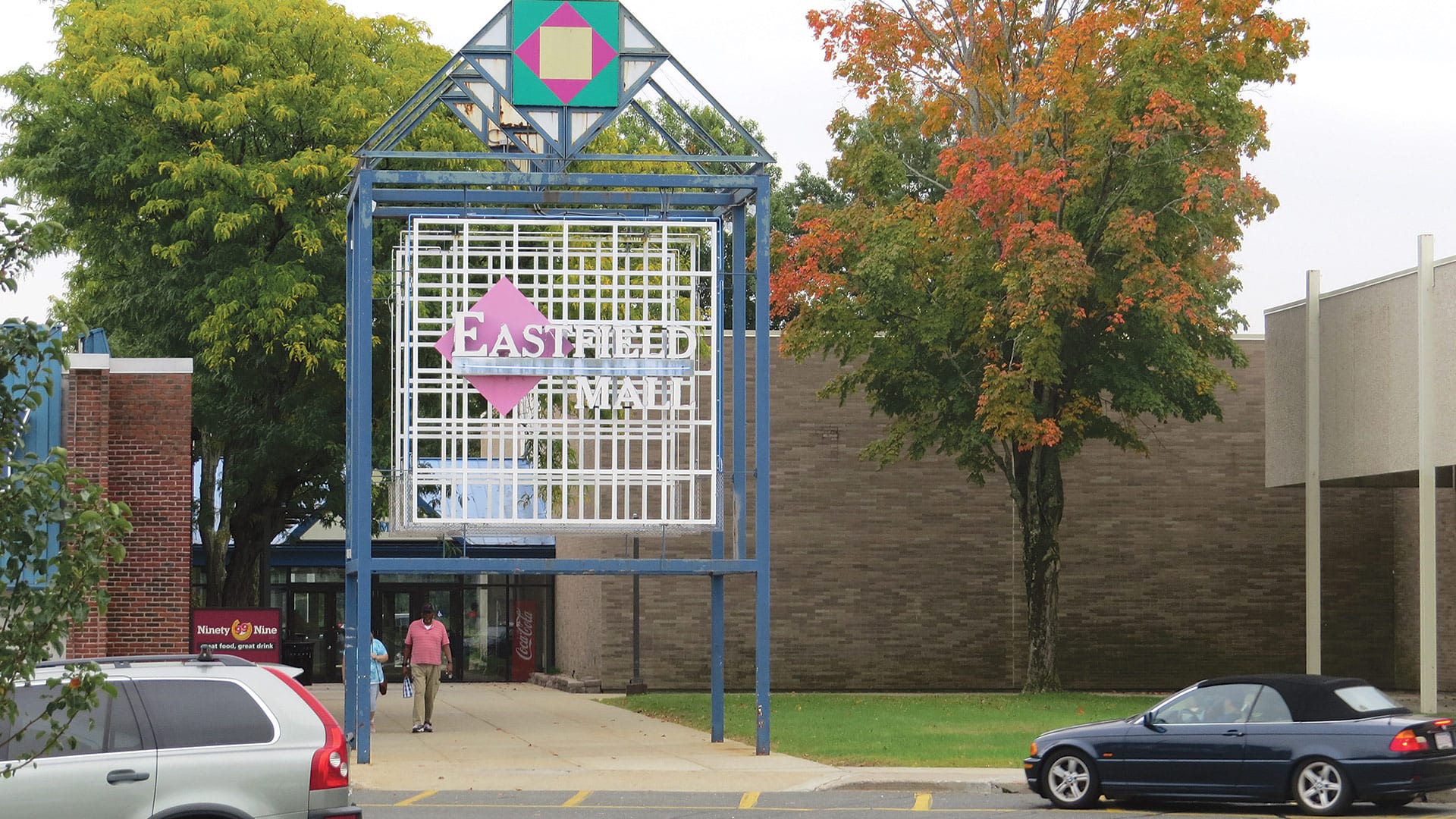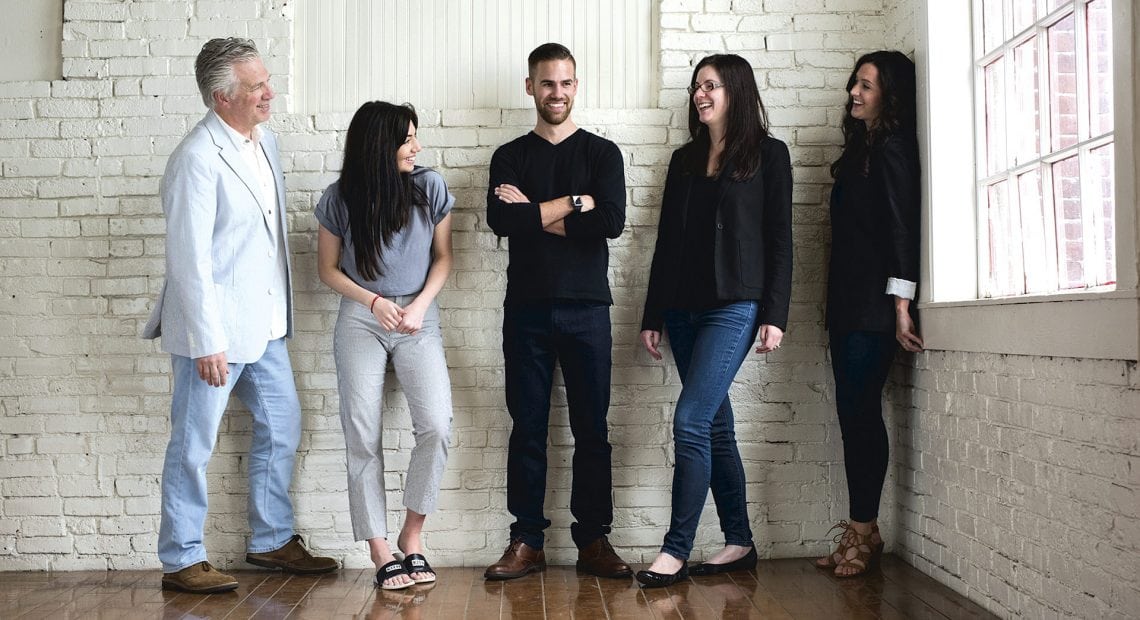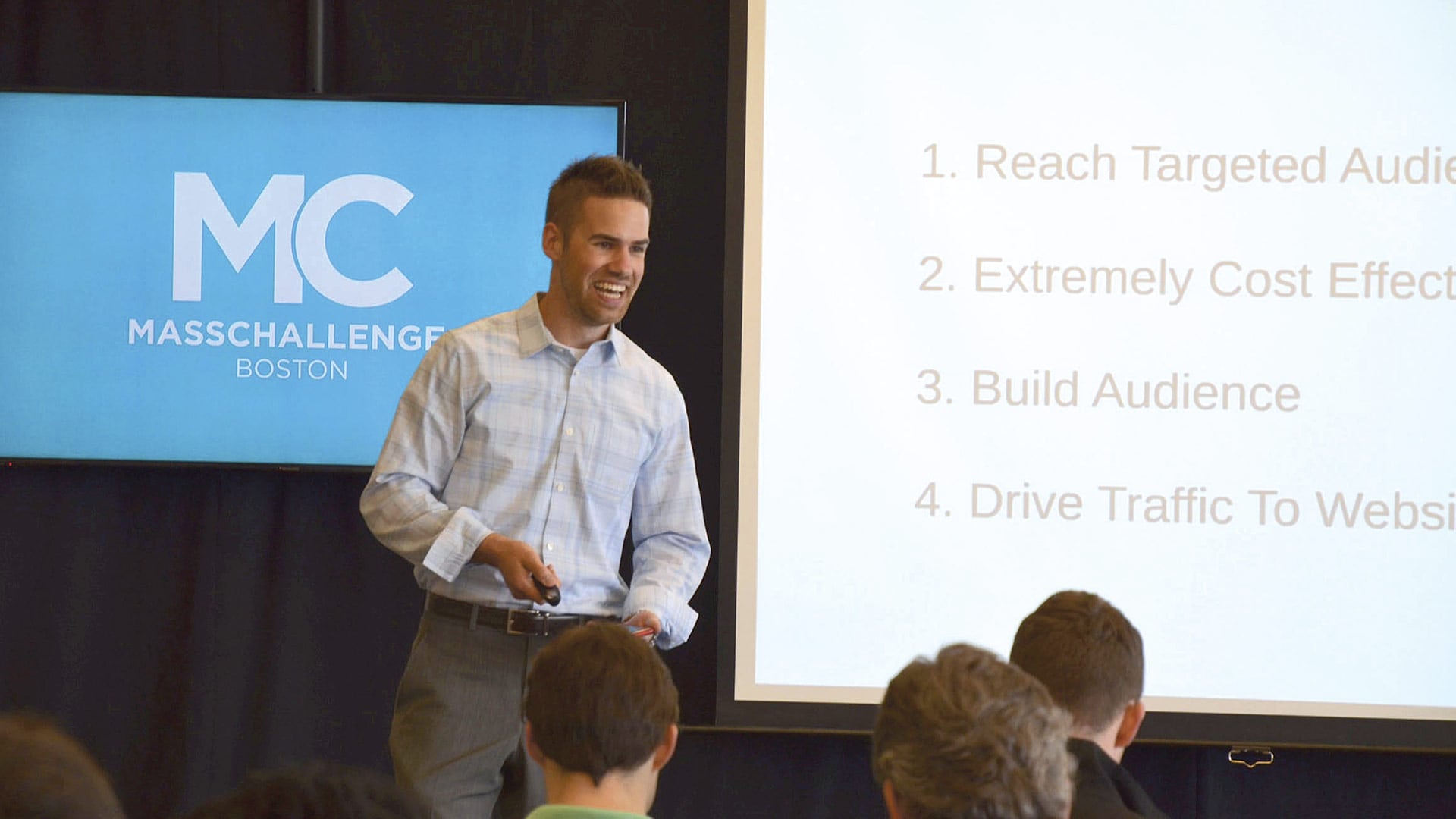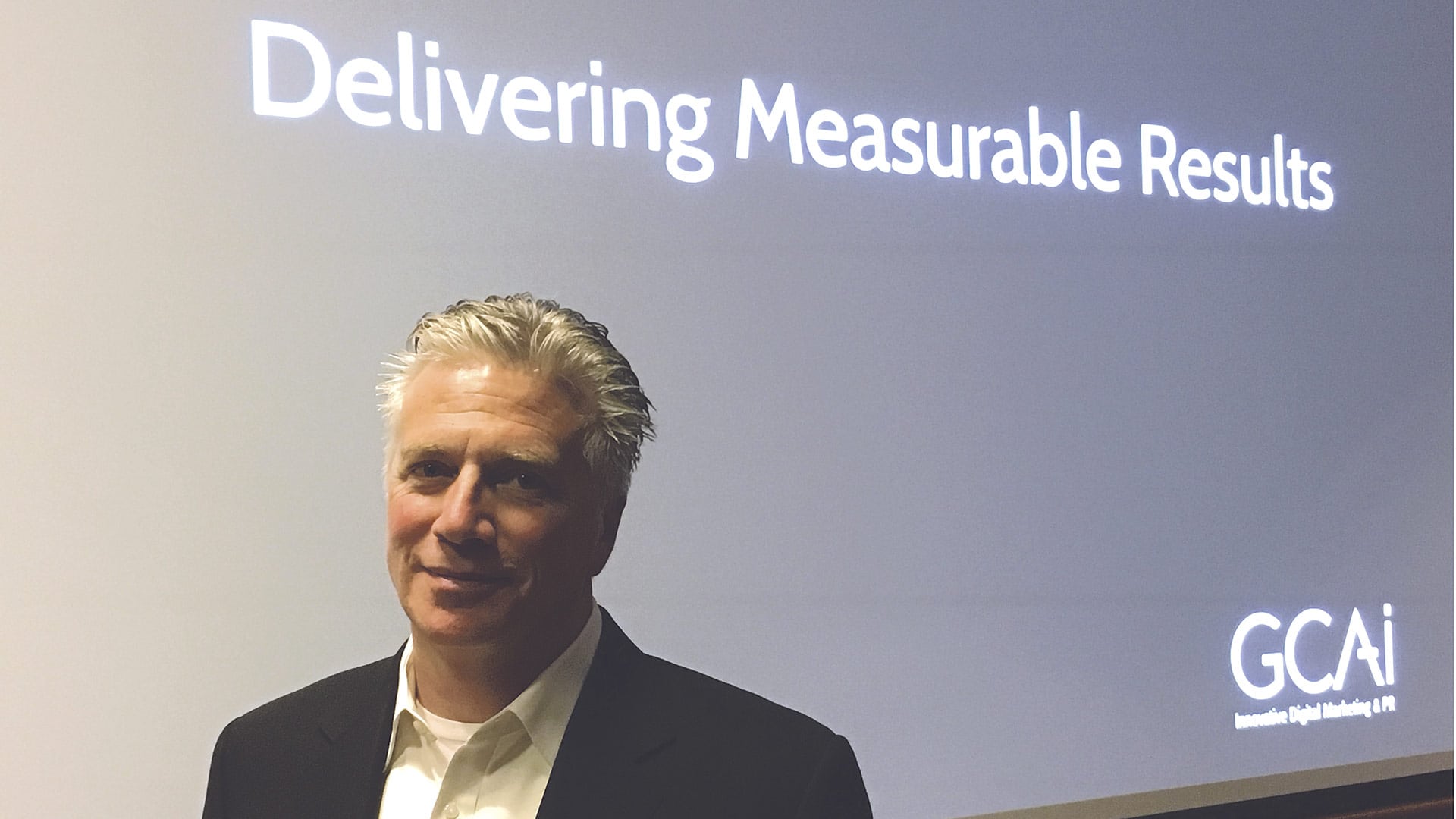Training Ground

The main entry of the new Richard E. Neal Cybersecurity Center of Excellence.
There are plenty of ways to learn about cybersecurity, Gene Kingsley said, but none better than actually doing it.
“It’s a huge advantage to be immersed in an environment where you’re undergoing what you’re learning about. You’re not just learning coding; you’re actually applying coding. You’re not just reading a book; you’re applying knowledge that you can replicate on your next job, having had this experience.”
Kingsley, cyber range manager for the Richard E. Neal Cybersecurity Center of Excellence, was describing the value of the center, which will open later this summer, to students studying cybersecurity — but also to an industry that desperately needs an influx of talent.
The project, housed at Springfield Union Station, is just one component of a multi-million-dollar series of investments, announced in 2022, to bolster cybersecurity resilience — and the related workforce — across the state.
These awards included a $1,086,476 grant to support the launch of CyberTrust Massachusetts, a nonprofit that works with business and academia statewide to grow the cybersecurity talent pipeline by increasing career pathways for underrepresented groups, while promoting security operations to address the day-to-day needs of resource-constrained municipalities, nonprofits, and small businesses.
“It’s a huge advantage to be immersed in an environment where you’re undergoing what you’re learning about. You’re not just learning coding; you’re actually applying coding. You’re not just reading a book; you’re applying knowledge that you can replicate on your next job.”
The state also awarded $1,462,995 award to Springfield Technical Community College (STCC) and $1,200,000 to Bridgewater State University to establish a security operations center (SOC) and cyber range in each city. The Neal Center at Union Station, managed by STCC, also benefited from $500,000 in ARPA funding from the city of Springfield.
Springfield’s 6,000-square-foot center — a collaboration between STCC, the Springfield Redevelopment Authority, and CyberTrust Massachusetts — aims to be a hub for advancing cybersecurity awareness, education, and innovation while battling global security threats. Its cyber range is a simulated, hands-on training environment, and its SOC is envisioned as a support service for Massachusetts municipalities, as well as regional businesses, to detect cybersecurity events in real time and respond quickly.
“Springfield Union Station has re-established the city of Springfield as the crossroads of New England, and it will soon serve as home to a state-of-the-art cybersecurity training center that will greatly benefit our region,” U.S. Rep. Richard Neal said during a walk-through earlier this year.
Now that it’s set to open, Mary Kaselouskas, vice president and chief information officer at STCC, is excited to see its applications for students; three STCC classes will conduct work there this fall.
“Any of the students involved in the cybersecurity courses will have the cyber-range experience embedded in that,” she told BusinessWest, “and other classes will use the range as well.”

The facility’s security operations center will be a support service for municipalities and businesses to detect cybersecurity events in real time and respond quickly.
And not just STCC students; other institutions partnering on the project include Bay Path University, UMass Amherst, Western New England University, Elms College, and Springfield College, each of which offer a range of certificate and degree programs in cybersecurity, computer science and programming, digital forensics, criminal justice, and more.
“This is a very important initiative,” said Doug Keevers, program director of the School of Management and Technology at Bay Path. “It definitely benefits all students in the region by providing them with a facility where they can gain practice and hands-on experience. They’re going to be exposed to mentors, professionals in the field, real-life situations, different types of things — even competitions.
“We are very focused on knowledge, and taking the intangible and making it more tangible — giving students more hands-on, real-life experience. That’s what we’re all about,” he went on. “This will not be just for Bay Path and the partners involved, but any schools who want to use this facility as a resource. That’s very important in a field that can change dramatically on a daily basis.”
Essential Components
Essentially, the Neal Center will provide threat monitoring and other cybersecurity services for Commonwealth municipalities and small-business and nonprofit customers. The SOC will be able to monitor, detect, and respond to cyberthreats 24/7/365, protecting organizations’ assets.
Meanwhile, the cyber range is a testing lab that mirrors real-world IT environments to provide hands-on training opportunities to local companies, universities, and other cyber-focused organizations. It will allow both students and employees of companies and municipalities to experience simulated threats in a virtual environment, including hands-on training in live-fire attacks, blue-team/red-team events (in which one team attacks a system and the other defends it), and other training models, potentially leading to certification in security fields for students.
“We are very focused on knowledge, and taking the intangible and making it more tangible — giving students more hands-on, real-life experience. That’s what we’re all about.”
CyberTrust Massachusetts CEO Pete Sherlock called the center a critical piece of the Commonwealth’s overall effort to grow and diversify the cyber workforce and address the security needs of municipalities, nonprofits, and businesses. “With its state-of-the-art cyber range, educational facilities, and security operations center, this cyber center of excellence is a world-class resource to serve the region’s people and institutions.”
For its part, CyberTrust was launched to address four key imperatives for the state:
• Boosting security, as organizations across Massachusetts are challenged to find affordable resources to defend themselves against growing cybersecurity threats and maintain resiliency in the digital world;
• Underemployment in cybersecurity, with almost 800,000 cybersecurity job openings in the U.S. — a number expected to grow — and more than 20,000 in Massachusetts alone. The center also puts a particular focus on women and communities of color, which are underrepresented in the cybersecurity workforce and frequently overlooked for employment due to a lack of opportunity to obtain hands-on experience;
• Employee training, as businesses across the Commonwealth typically do not have a location to send their employees to receive such training at an affordable rate; and
• Business and economic development, specifically a need to convene regional hubs for business development where cybersecurity entrepreneurs can establish and grow startups, or where specific industry segments, such as defense contractors, can receive specialized support.

Gene Kingsley says the new center could be an economic boost for downtown Springfield as well as benefiting the cybersecurity workforce.
Students who train at the center will have access internships and industry partnerships that help them build experience and career networks, research opportunities that establish best practices combined with emerging technologies, and community outreach and education forums to raise awareness about cybersecurity risks and solutions.
Kingsley said it could also be an economic booster for downtown Springfield. “Obviously, more traffic downtown is ideal. The idea is bringing people from the community to upskill them. And this is a growth field; we’re looking to get people into the field right now.”
Kaselouskas agreed, noting that the new center could be a way to boost the security workforce by creating training opportunities in an easy-to-access location.
“What’s nice about the center is that it’s a centralized location available by train and bus and it’s very easily accessible,” she said, adding that the city is interested in using the center for training its own employees. “It offers them an economy of scale. It’s cost-prohibitive to buy the platform or services on your own.”
Businesses can also use the center to upskill employees, Keevers said.
“Cybersecurity permeates every industry, every field, every department. I’ve heard advisory-board members say, ‘we have an employee who has an affinity for cybersecurity; they just need some upskilling.’ So it’s an opportunity to do that.”
Creating a Hub
Kaselouskas said the state’s recent focus on cybersecurity investments is intended not just to buy tools and give them to businesses to fight cyberthreats, but to train the future workforce.
“Bridgewater’s center is on campus, and ours is at a different location, but the vision and goal are the same: to train students to allow them to get jobs.”
Combined with MassReconnect, the program that now makes community college free for Massachusetts residents age 25 and up — and which has boosted enrollment at STCC and other colleges — the Neal Center promises to draw more talent into a field that needs it.
“My personal passion is for Massachusetts to become a cyberhub. And I think this is an opportunity to do that,” Keevers added, noting that, while some young people are hesitant to enter what they feel is an overly technical field, cybersecurity jobs span a wide range of skills and expertise.
“It’s not one size fits all. The biggest threat in cybersecurity is people, and the best way to stay safe is to educate and train people.”









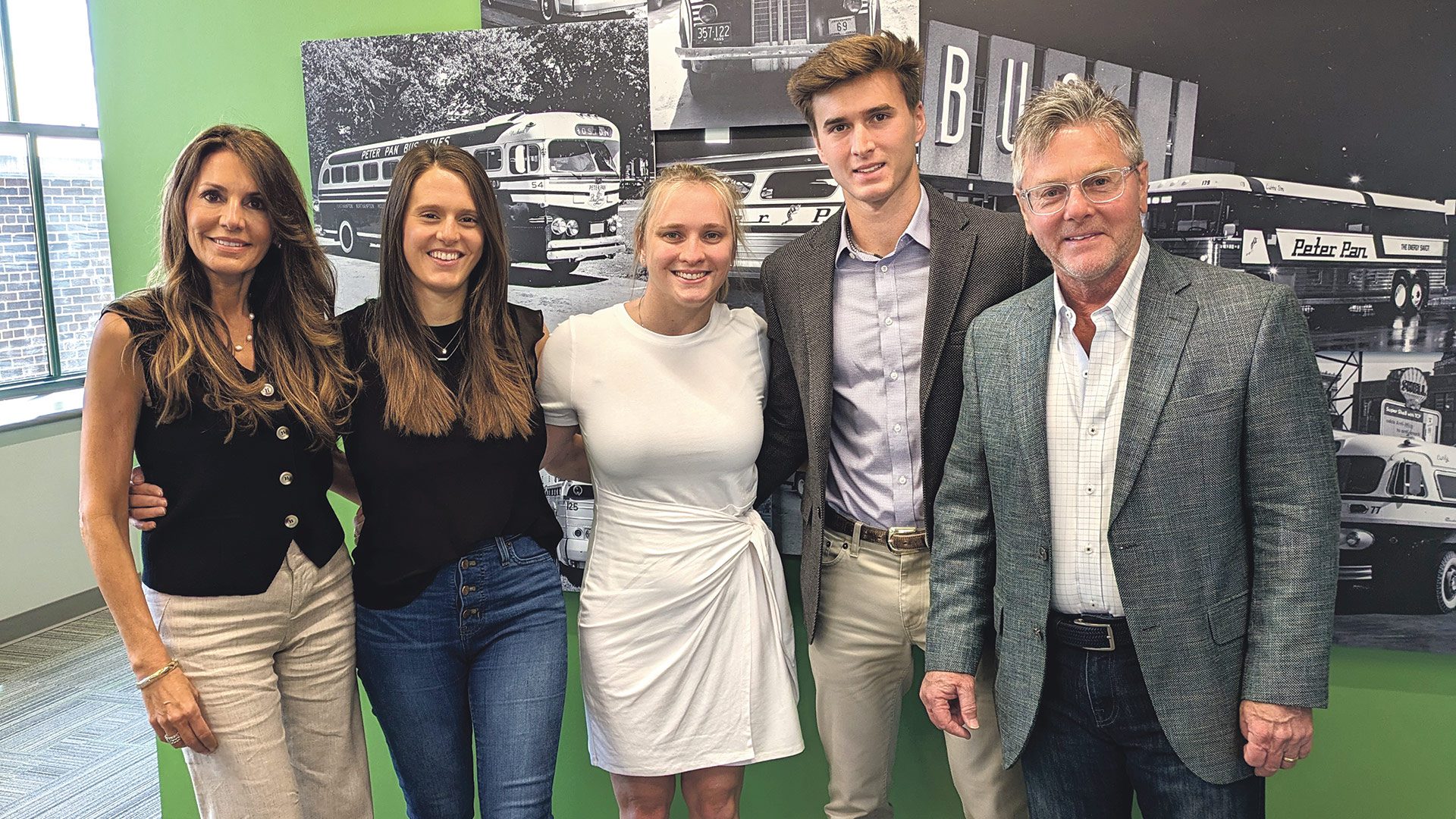





 “This will require multiple sources — you don’t just make one or two phone calls and someone says, ‘yeah, I like that project; I’ll fund it with you. It’s going to take more than a village — it’s going to take a little city.’”
“This will require multiple sources — you don’t just make one or two phone calls and someone says, ‘yeah, I like that project; I’ll fund it with you. It’s going to take more than a village — it’s going to take a little city.’”


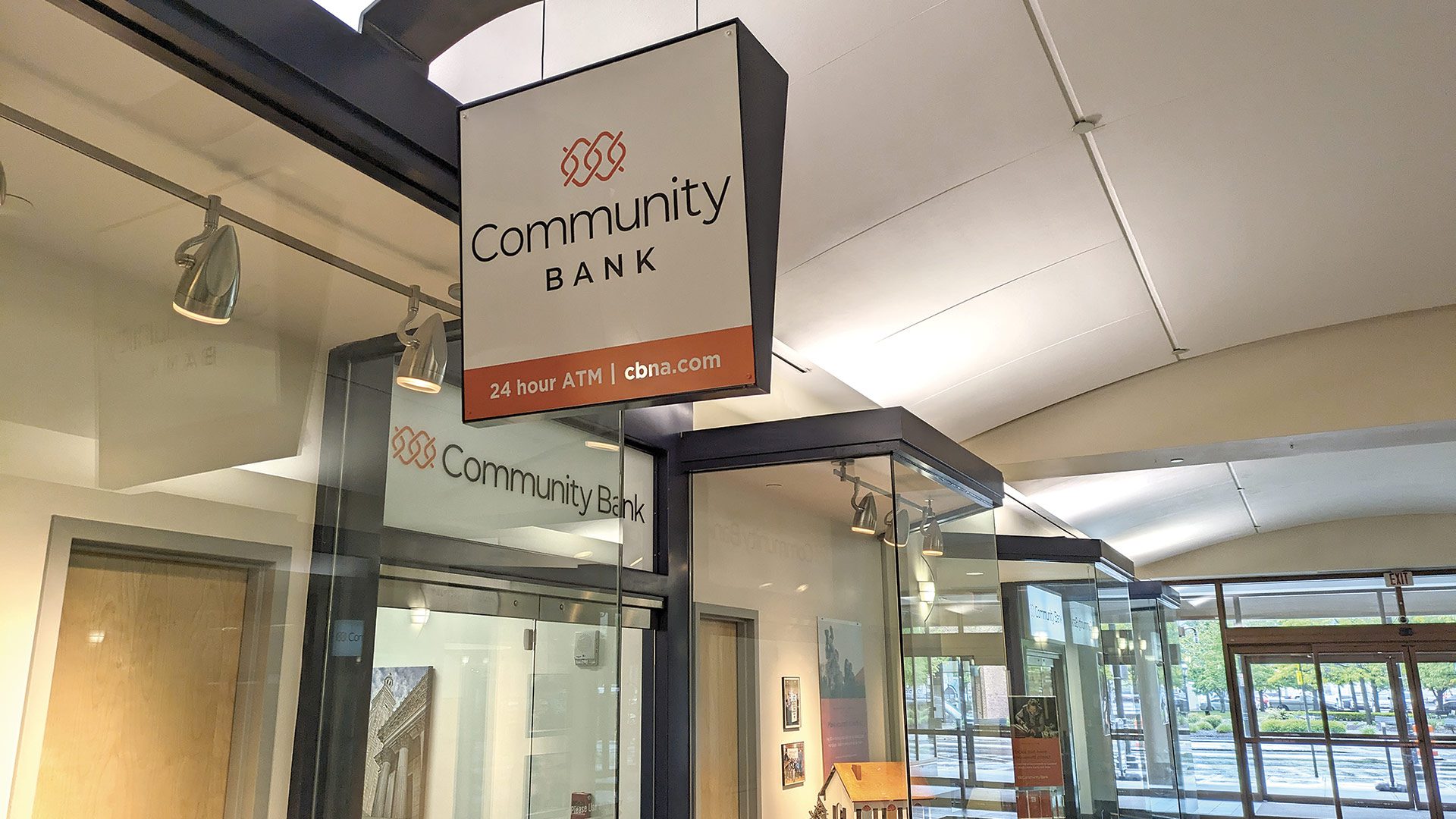










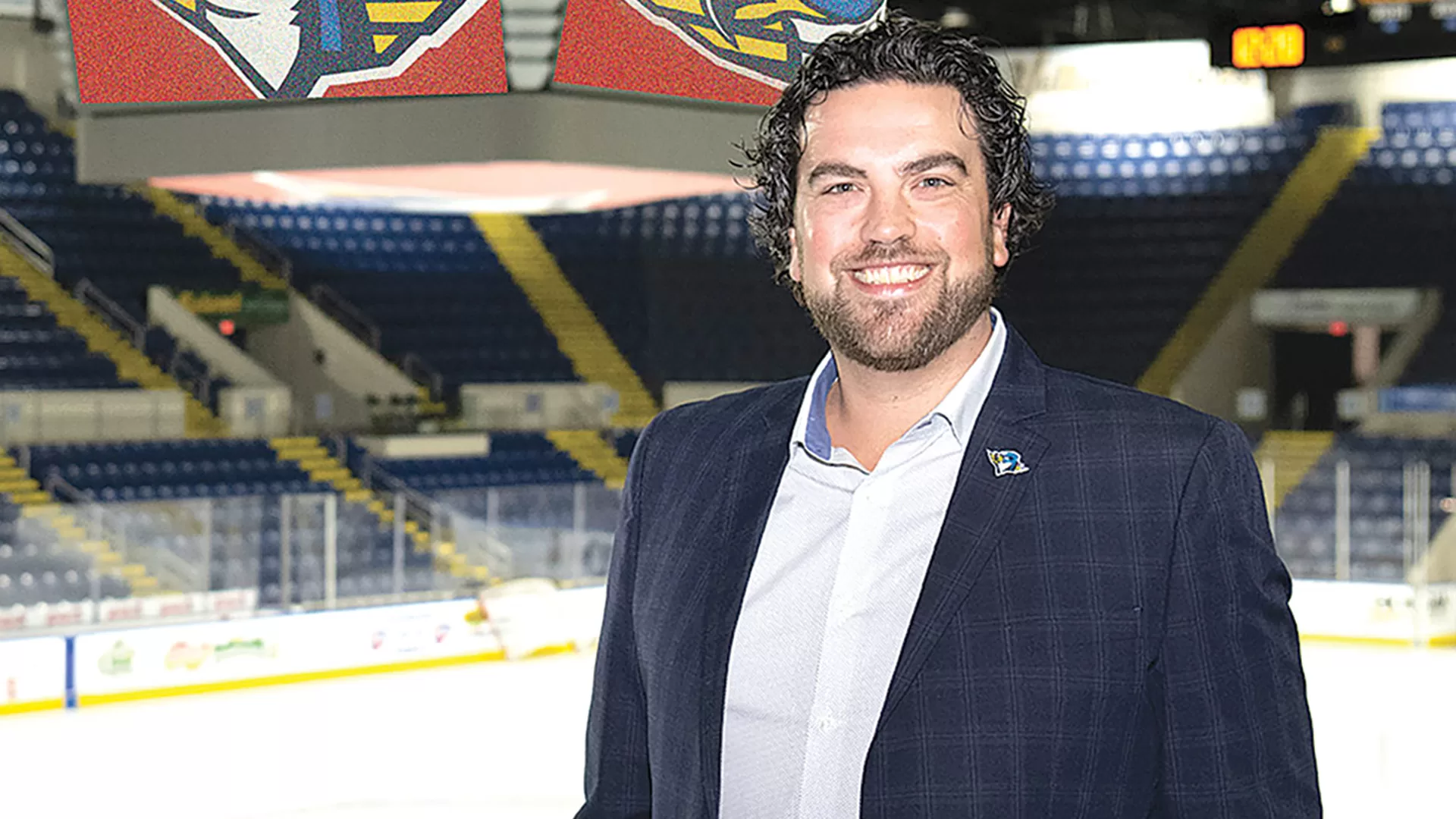










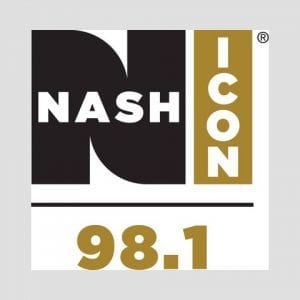

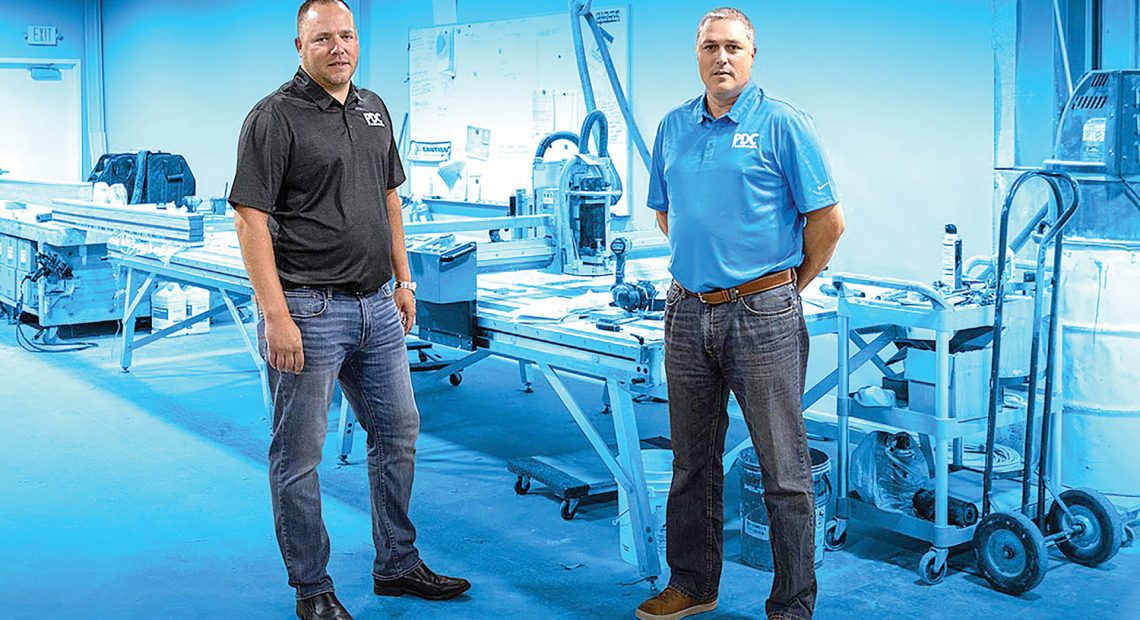
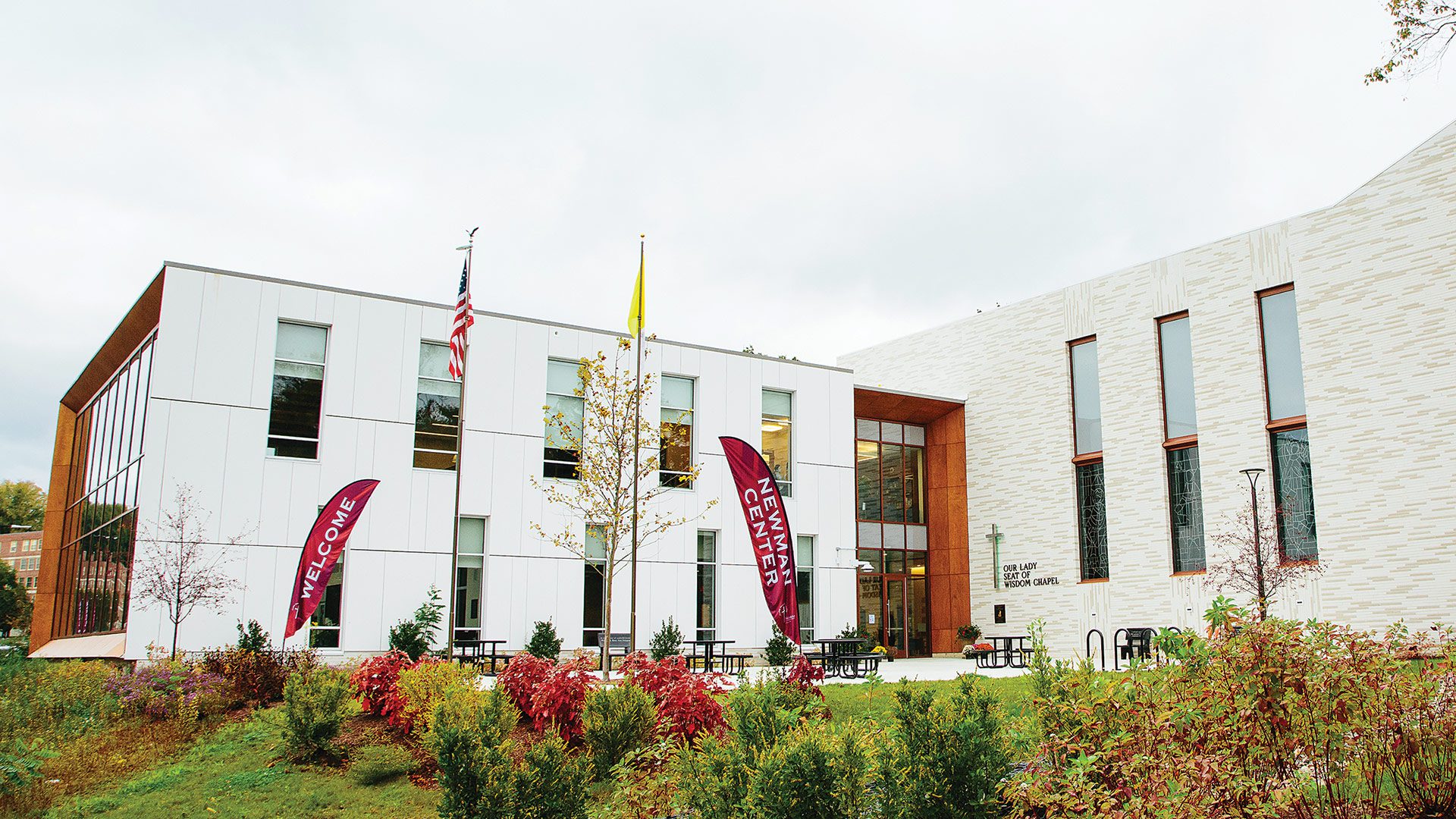
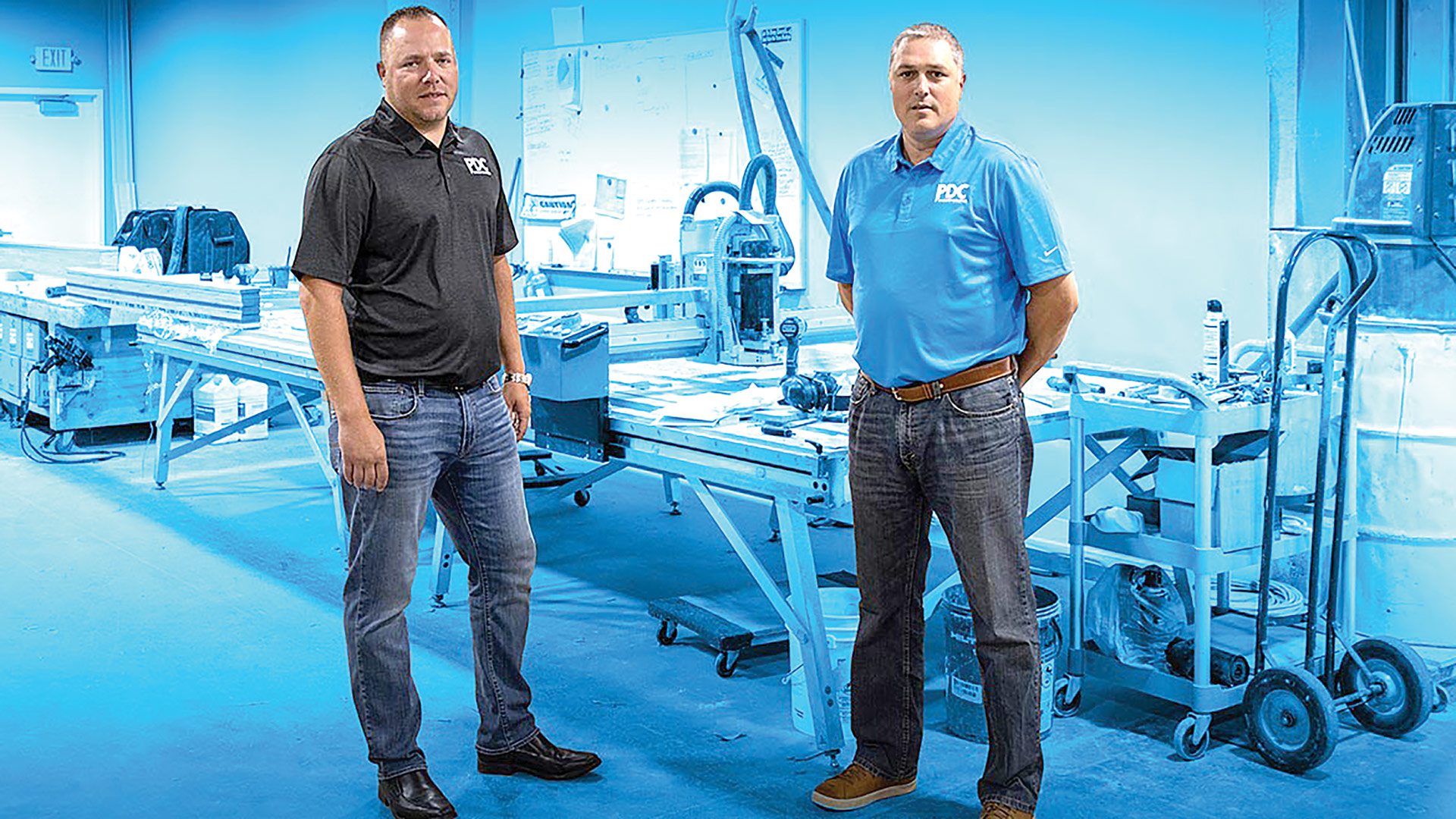
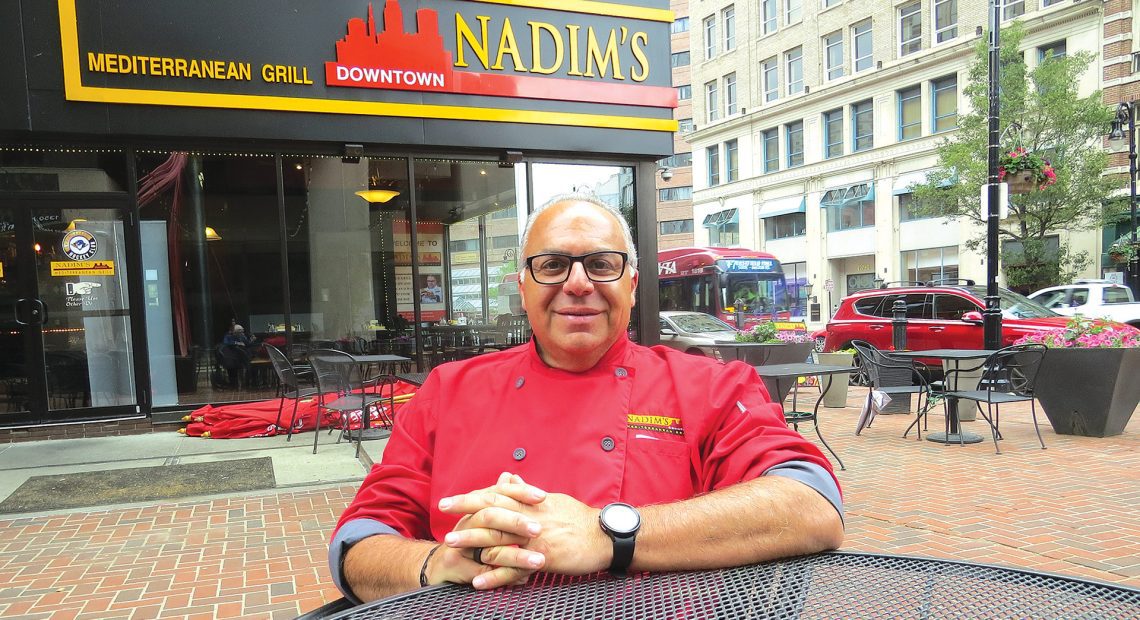
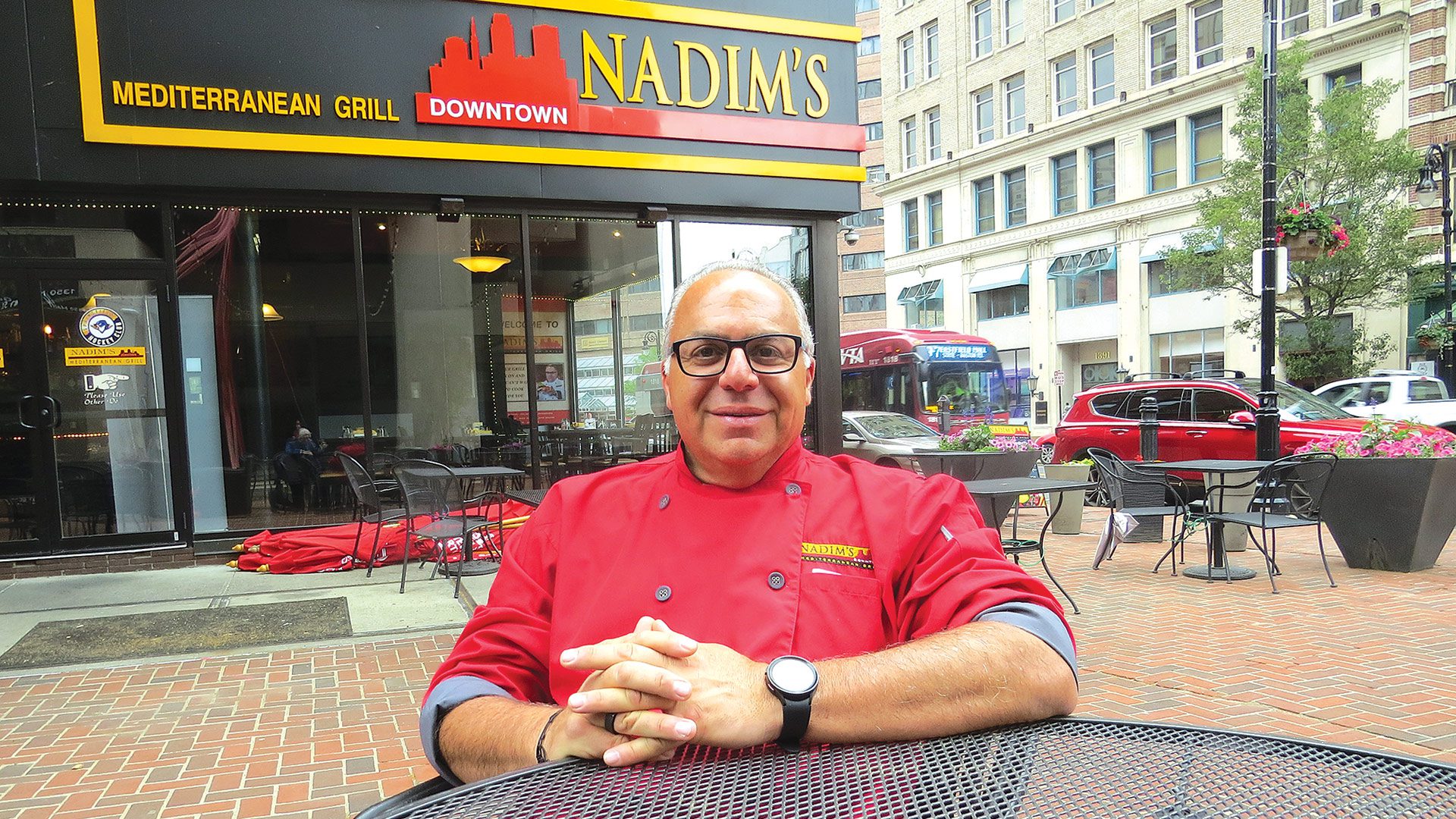
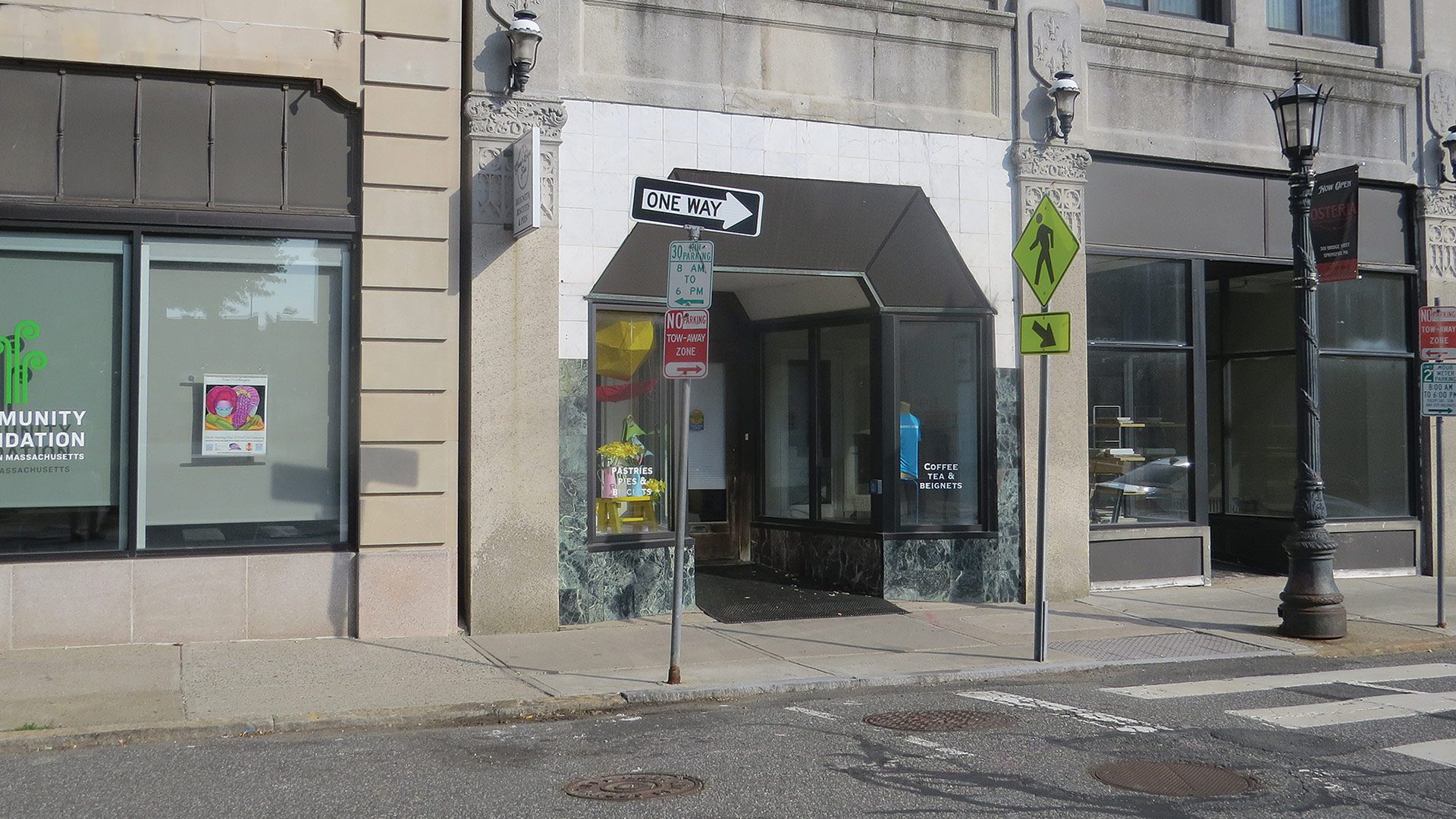
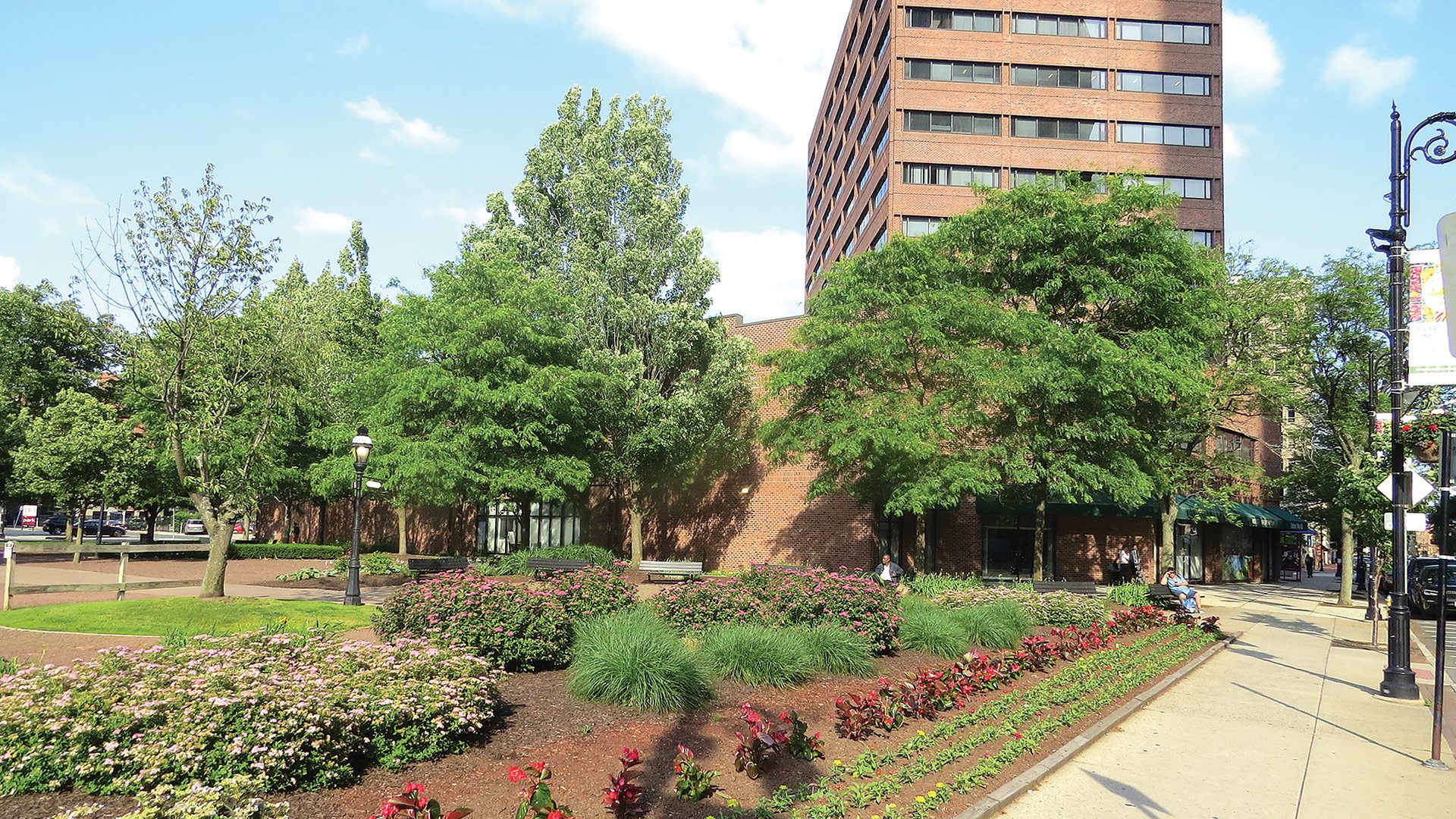

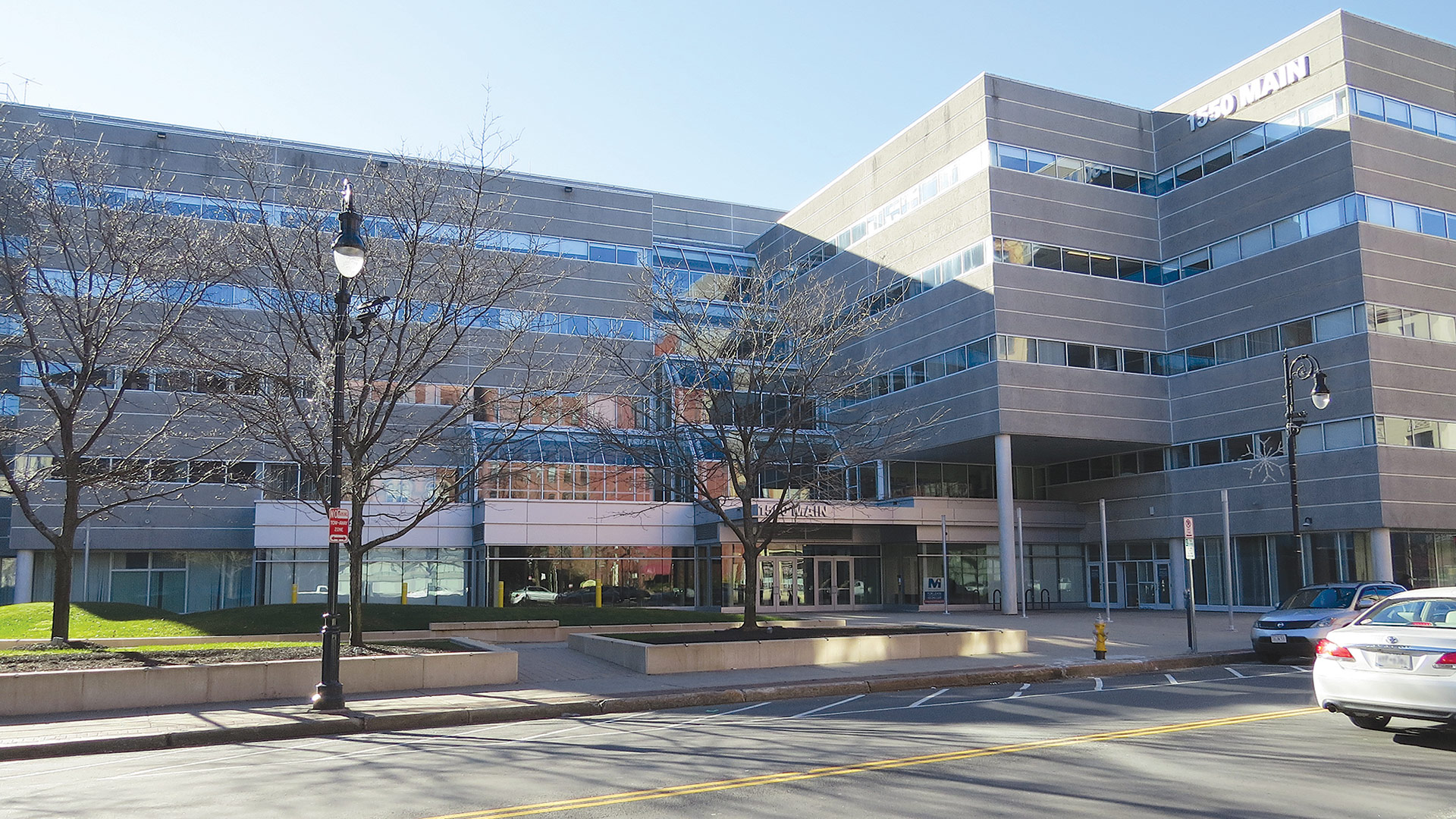

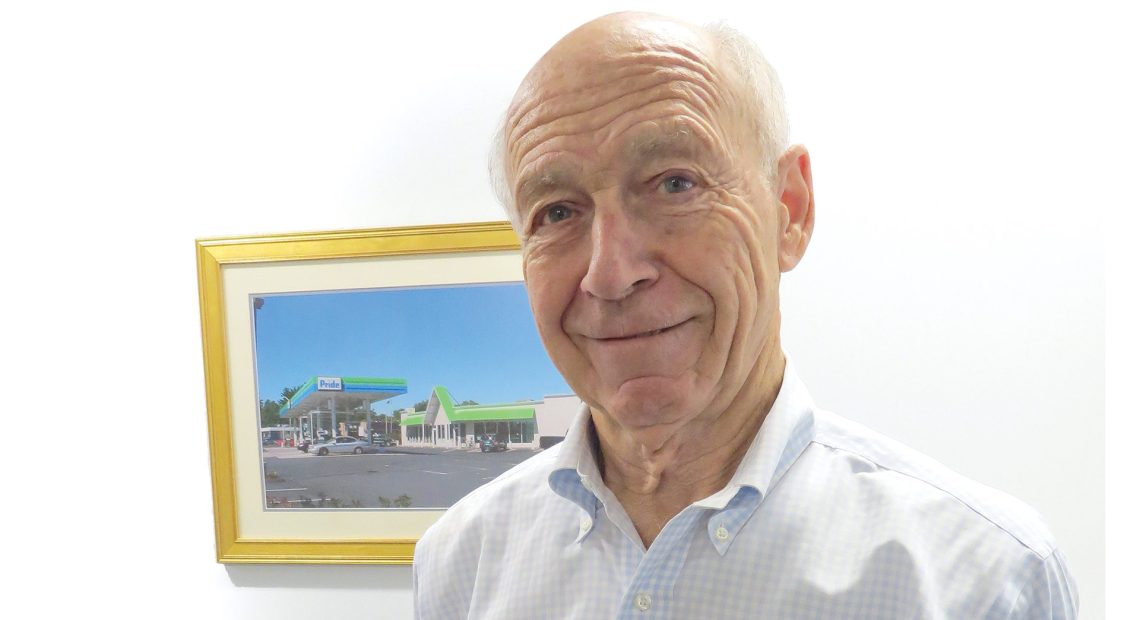

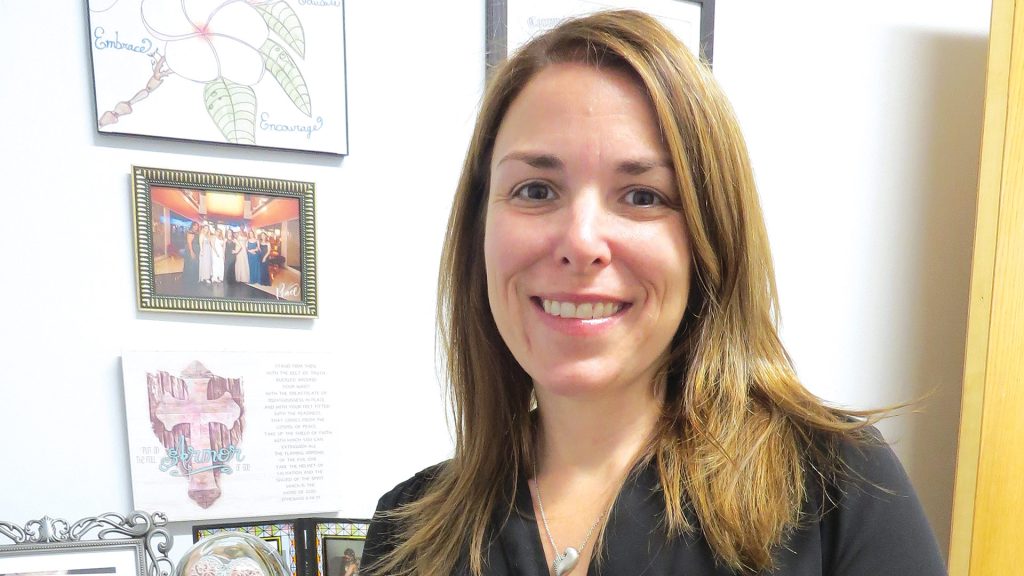

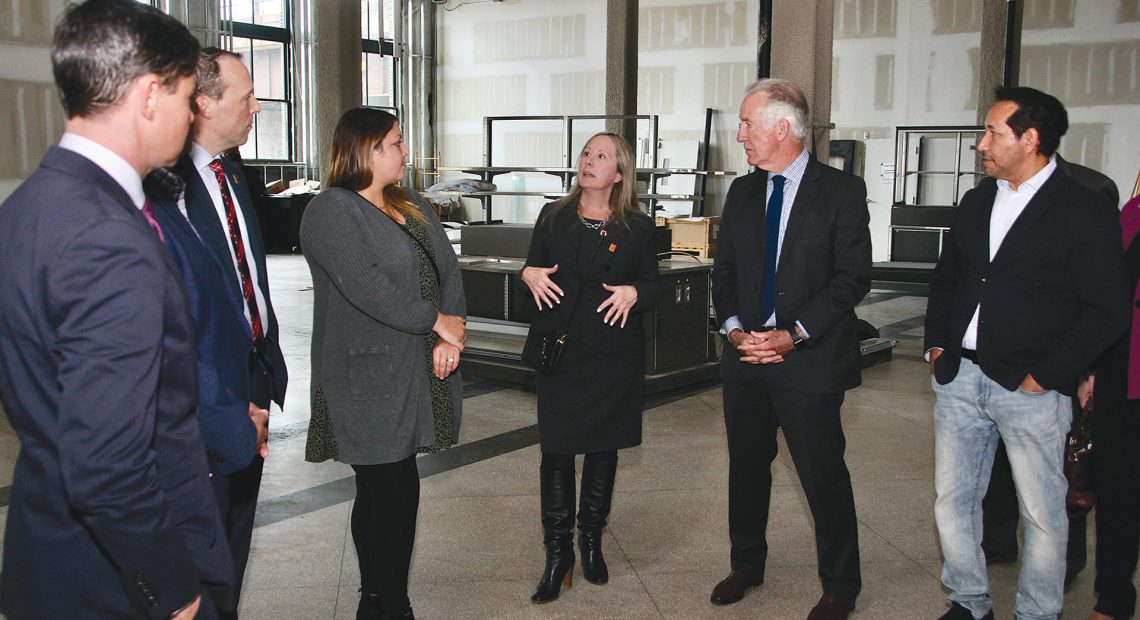
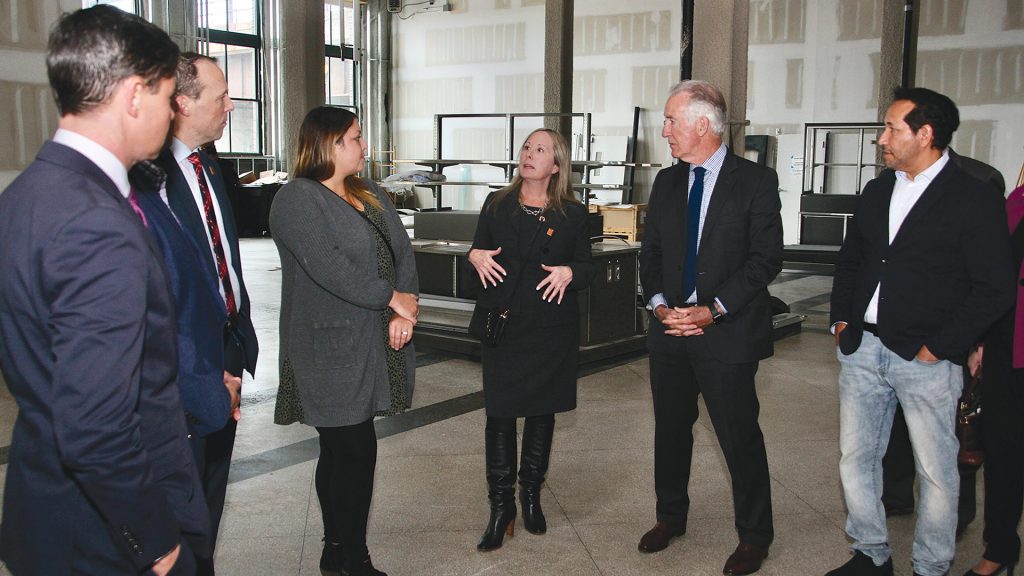
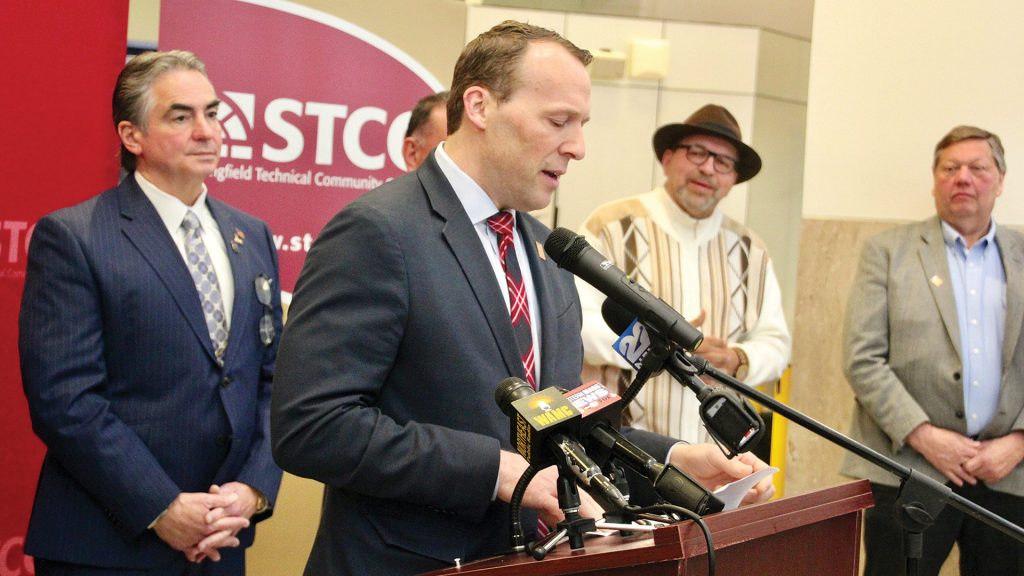

 The Super 60, the Springfield Regional Chamber’s annual celebration of thriving companies in Western Mass., was riding high in 2019, when the program marked its 30th year.
The Super 60, the Springfield Regional Chamber’s annual celebration of thriving companies in Western Mass., was riding high in 2019, when the program marked its 30th year.
 The scaffolding has come down from the five-story wall on Worthington Street facing Stearns Square after a lengthy process of restoration and completion of a new mural undertaken by artist John Simpson.
The scaffolding has come down from the five-story wall on Worthington Street facing Stearns Square after a lengthy process of restoration and completion of a new mural undertaken by artist John Simpson.
 We are excited to announce that BusinessWest has launched a new podcast series, BusinessTalk. Each episode will feature in-depth interviews and discussions with local industry leaders, providing thoughtful perspectives on the Western Massachuetts economy and the many business ventures that keep it running during these challenging times.
We are excited to announce that BusinessWest has launched a new podcast series, BusinessTalk. Each episode will feature in-depth interviews and discussions with local industry leaders, providing thoughtful perspectives on the Western Massachuetts economy and the many business ventures that keep it running during these challenging times.